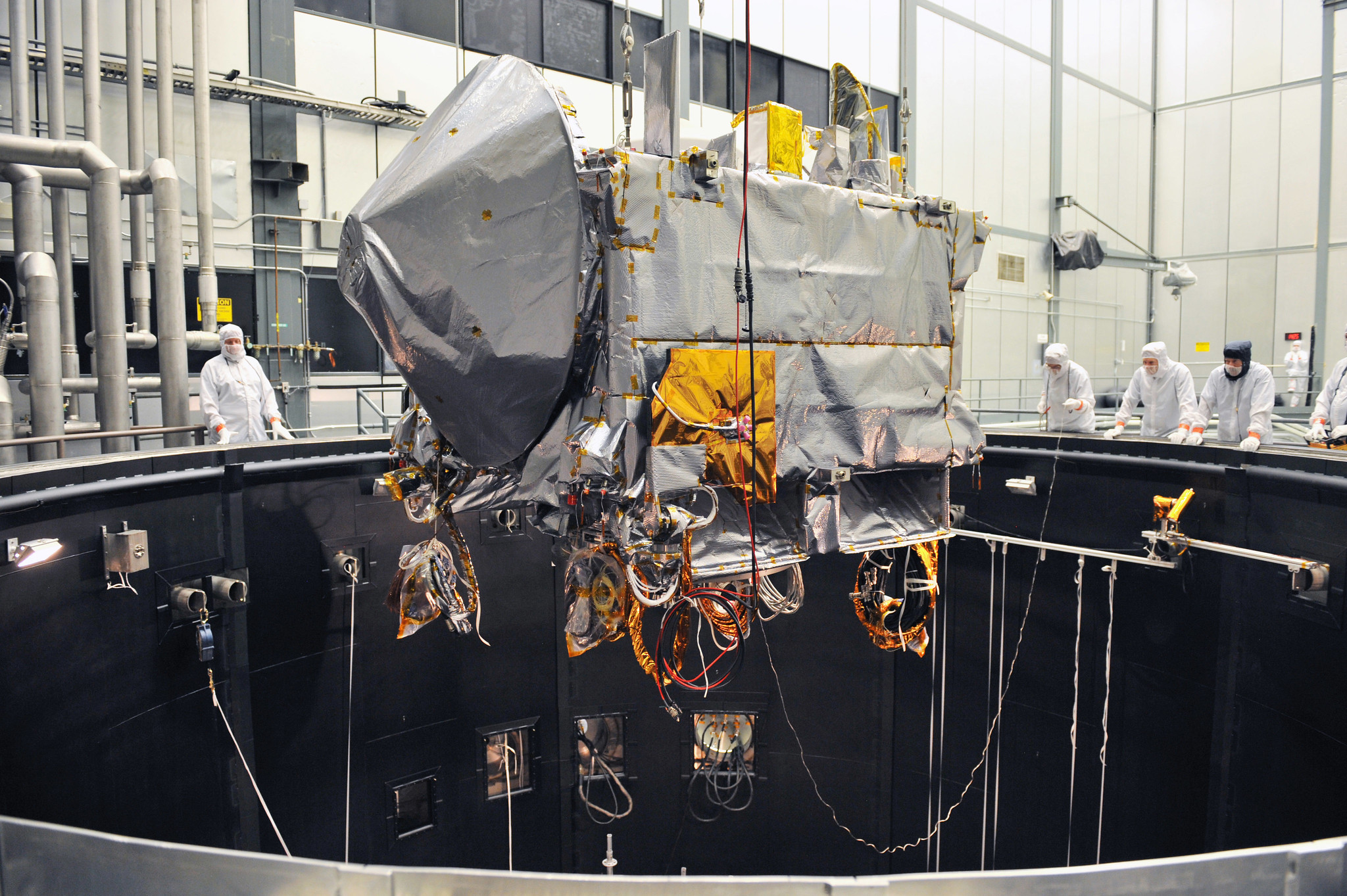
A fully intact asteroid sample containing crucial elements in the formation of earth has been revealed by NASA.
The independent agency reported that the sample has one of the highest concentrations of carbon that has ever been studied in an asteroid. With water also being present.
NASA administrator Bill Nelson told CNN that because the rocks and dust contained these crucial elements in abundance, it suggests that asteroids may have delivered the building blocks for like on this planet.
According to Dr Jason Dworkin, OSIRIS-REx project scientist at NASA’s Goddard Space Flight Centre, the sample is nearly 5% carbon by weight. Making it one of the highest concentrations of carbon to be studied in an asteroid.
Speaking to CNN, Nelson added: “Far exceeding our goal of 60 grams, this is the biggest carbon-rich asteroid sample ever returned to earth. The carbon and water molecules are exactly the kinds of material that we wanted to find. They’re crucial elements in the formation of our own planet. And they’re going to help us determine the origin of elements that could have led to life.”
NASA’s mission to collect the asteroid sample and investigate
NASA took the sample from the 4.5 billion-year-old Bennu asteroid – part of the Apollo group discovered in 1999 – in October 2020.
It was collected by NASA’s OSIRIS-REx mission, and arrived on earth in a capsule on September 24, cascading from the spacecraft and landing in the Utah desert.
Since the landing, scientists have been examining the material inside the top of the canister, in an effort to conduct an early analysis.
The results of the analysis, and the first look at the sample, were shown during a live NASA broadcast from the agency’s Johnson Space Centre in Houston, on Wednesday.
Over the last fortnight, NASA scientists have investigated some of the material in the sample using a scanning electron microscope. As well as taking infrared measurements and conducting a chemical element analysis.
OSIRIS-REx principal investigator Dante Lauretta told CNN that the science team also used X-rays to produce a 3D model of one of the particles to reveal its makeup, which identified a “scientific treasure” of carbon and water content.

“The first analysis shows samples that contain abundant water in the form of hydrated clay minerals, and they contain carbon as both minerals and organic molecules,” Nelson told CNN.
The sample may reveal the secrets to life on earth
Lauretta told CNN that these hydrated clay minerals could be how water first got to earth. He said: “The reason that earth is a habitable world, that we have oceans and lakes and rivers and rain, is because these clay minerals landed on earth four billion years ago to four-and-a-half billion years ago, making our world habitable. So we’re seeing the way that water got incorporated into the solid material.”
NASA’s long-awaited reveal has been seven years in the making, right through from the OSIRIS-REx mission’s launch in 2016 to the capsule landing on earth last month.
Lauretta developed the mission during its earliest stages, and told CNN he has waited nearly 20 years to view the sample and take on the lessons it could reveal about out solar system.
NASA will analyze the rocks and soil for the next two years at a dedicated lab in the Johnson Space Centre. The sample will also be split up and sent to laboratories across the world, including OSIRIS-REx mission partners at the Canadian Space Agency and Japanese Aerospace Exploration Agency.
See all the latest news from Greece and the world at Greekreporter.com. Contact our newsroom to report an update or send your story, photos and videos. Follow GR on Google News and subscribe here to our daily email!



